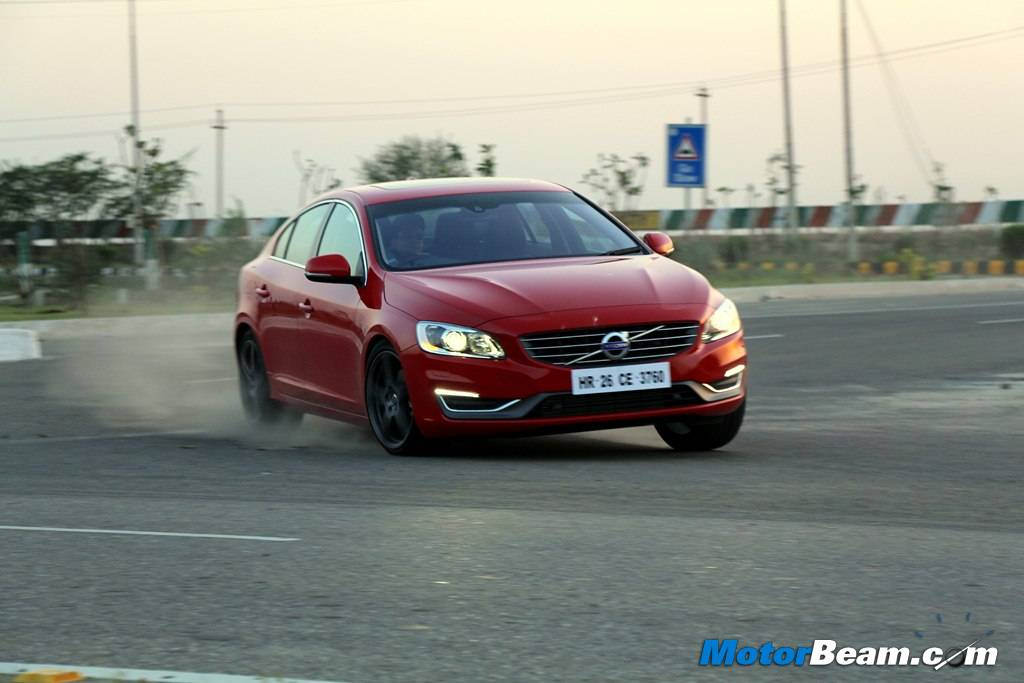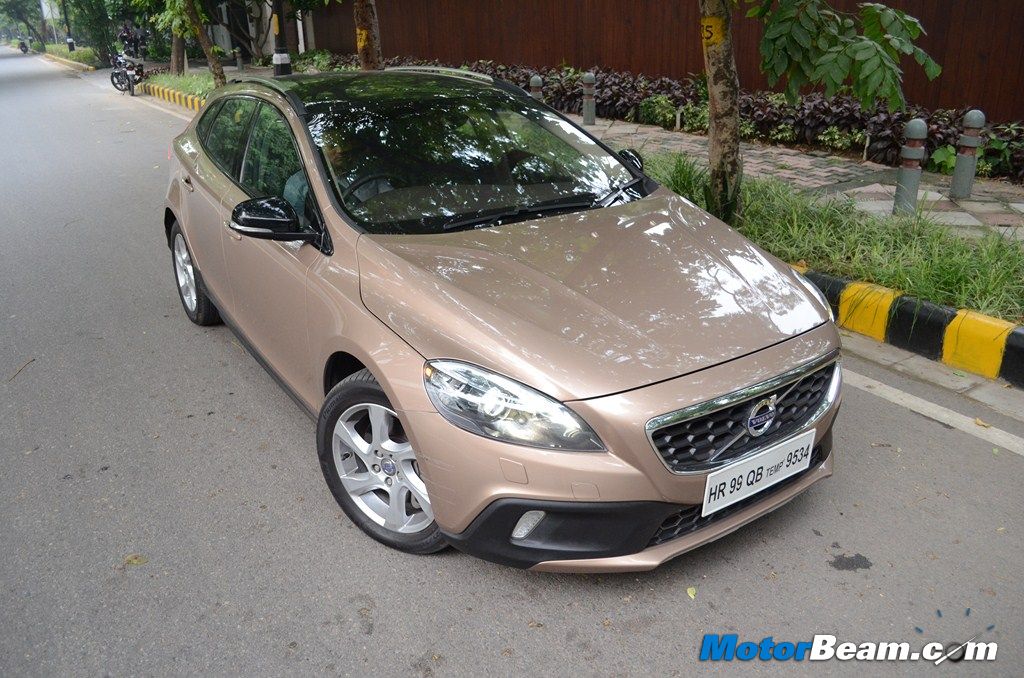We recently reported how the auto industry is facing a huge slowdown and manufacturers are having a tough time maintaining sales of their models. Most companies are refreshing their vehicles at frequent intervals and trying to position their vehicles as the most value-for-money proposition. The premium vehicle segment is seeing a growth in India. This segment consists of luxury sedans and SUVs along with sports cars. While Mercedes-Benz is leading the pack followed by BMW and Audi, Volvo is far behind even though the company has some really capable vehicles in its stable.
In a bid to reduce costs and pass on some benefits to customers, premium vehicle manufacturers are employing local production of their products to attract lesser taxes. While these vehicles were earlier imported as CBUs (Completely Built Unit), automakers are now shifting their focus to getting down these vehicles via the CKD (Completely Knocked Down) route with some localisation also thrown in. Mercedes, BMW and Audi have already started doing this and now Volvo has also decided to start local production of its vehicles.
Volvo India currently sells the V40 Cross Country, S60, S80, XC60 and XC90 and all of these are imported as CBUs. CBUs attract almost 170% of taxes which include various duties while CKD and locally produced vehicles attract 30-45% taxes. This results in a significant amount of cost saving which means companies can sell these vehicles at a lower cost. The German trio already have nice customer bases in India but Volvo really doesn’t sell as many vehicles as its rivals. Reasons for this are lack of awareness about the company by most buyers, the company’s lack of presence in many parts of the country, unknown cost of ownership, etc.
Volvo entered the Indian market long back but people usually have an image of a luxury bus when they hear this name. Now that the automaker is reducing costs by commencing local production, does it mean that Volvo cars will start selling in good numbers? Or is it too late since other rivals including Jaguar Land Rover have also managed to create a good amount of awareness about themselves while Volvo is surely lacking behind in this department.
We really agree with the opinion that Volvo should have commenced localisation some time back when the company was new to the Indian market and the premium luxury segment was just growing slowly. While there is no harm in reducing costs of products now, the company should also make sure that potential buyers in this segment are actually aware of these nice products. This can be done through smart marketing techniques. Audi manages to sell so many vehicles just because their sales and marketing strategy is too strong.
It is never too late and hence we feel Volvo can also slowly climb up the sales charts. The company’s products are no doubt good and Volvo is also known for the safety features that it provides. Volvo should take advantage of the current market situation (where manufacturers are trying hard to keep up sales) and come up with unique schemes for its products. Customer-engagement activities should also be performed and it is highly possible that Volvo will also manage to sell as much as Mercedes, BMW, Audi or Jaguar do.
Currently, Volvo cars are priced between Rs. 31.90-55 lakhs (ex-showroom, Delhi) and after localisation we can expect prices to drop by Rs. 4-7 lakhs depending on the model. The only downside of localisation is that quality of some parts might deteriorate. Part suppliers usually use different grades for the same parts to be supplied to various countries and hence it is possible that a lower grade part might make its way to the assembly line. Such quality issues usually do not arise in CBUs.






